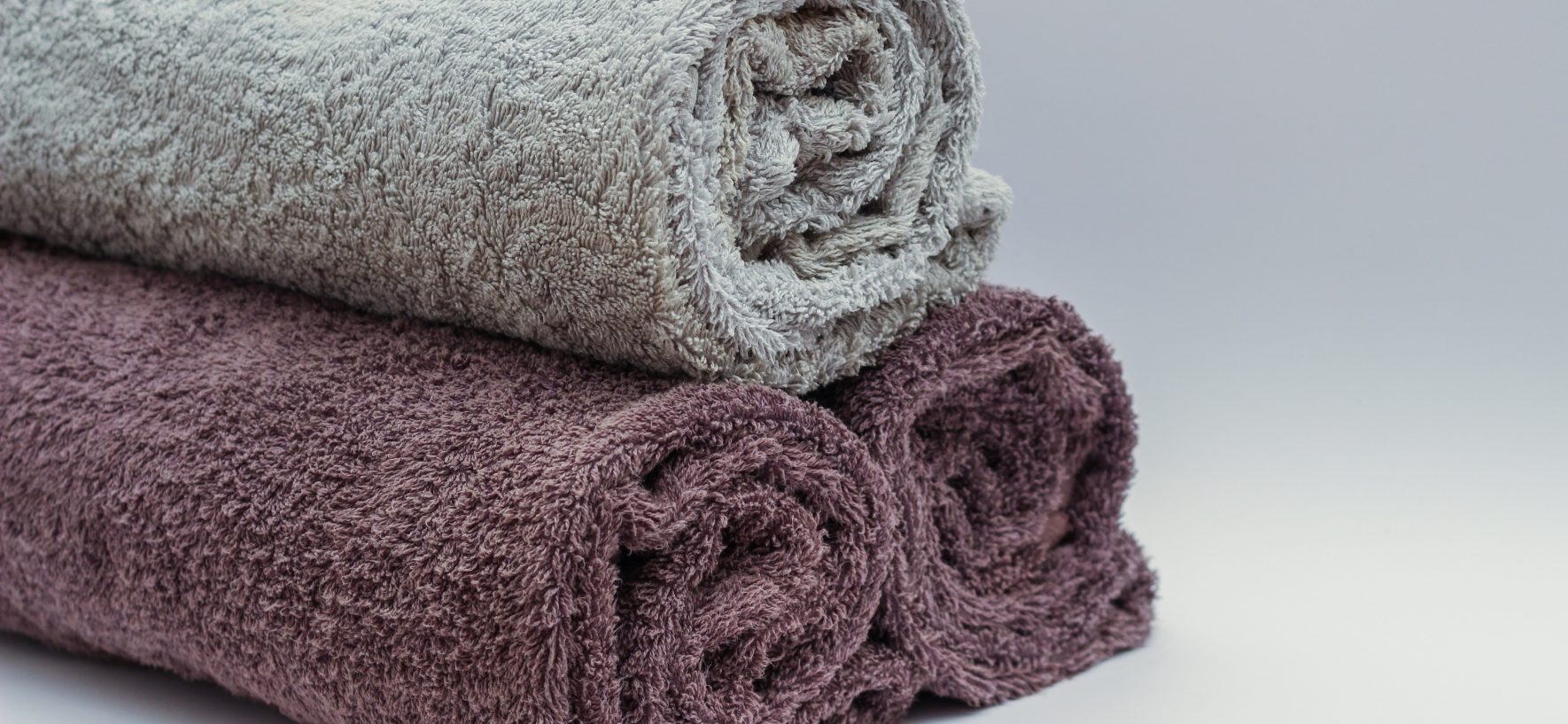Benefits of Blended Fabrics Whether you are a purist, or don’t mind mixing it up, there are a lot of surprising benefits of blended fabrics – both on the manufacturing side and the consumer side. Spinning together different fibers can compensate for weaknesses between them, such as shape retention, moisture absorbency, texture, luster, and more.
Whether you are a purist, or don’t mind mixing it up, there are a lot of surprising benefits of blended fabrics – both on the manufacturing side and the consumer side.
Spinning together different fibers can compensate for weaknesses between them, such as shape retention, moisture absorbency, texture, luster, and more.
Benefits In Manufacturing
Blending fabrics allows for a few main benefits in the manufacturing process.
- Expensive fabrics can be combined with inexpensive fabrics to create a quality item with reduced costs.
- Blended fabrics can allow for cross-dye techniques, which are difficult if not impossible to recreate otherwise.
Benefits To The Consumer
Blended fabrics can impart a multitude of benefits including, but not limited to:
- Better Performance – Increased moisture absorbency and resilience
- Shape Retention – Wrinkle resistance, or can be permanent pressed
- Improved Texture – Improve feel or shine of clothing
- Cost Reduction – Cost savings in manufacturing is filtered down to the customer
Polyester allows for sublimation ink design, and has excellence shape retention, but it has no moisture absorbency. Blending polyester and cotton brings the best of both worlds to a cloth, allowing for good shape retention and moisture absorbency. This is why terry cloth towels are typically 65% polyester and 35% cotton. Sublimation can also be used on blended fabrics, but the fiber must be at least 50% polyester. The resulting design will be faded or have a more retro look; however that may be perfect for some!


